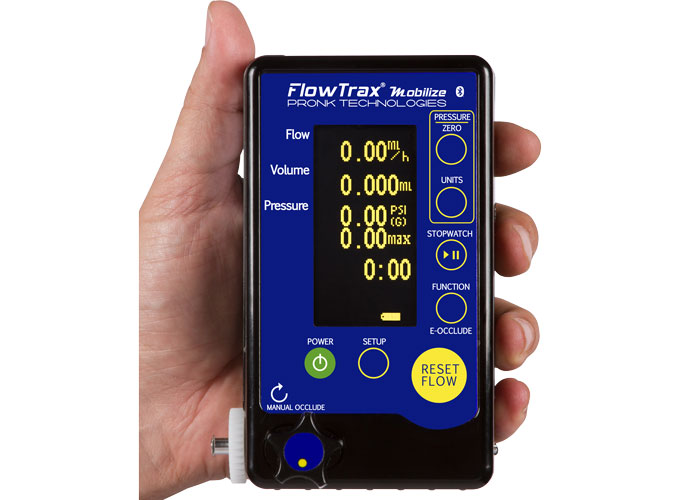Infusion pump analyzers (IPAs) are devices that measure a variety of parameters associated with an infusion pump, such as pump speed, flow rate, and pH. IPA measurements can help to diagnostically troubleshoot problems with an infusion pump and maximize its performance.
A typical IPA consists of several components: a sensor, a controller, and a display. The sensor is placed on or near the infusion pump’s actuator (the component that creates the flow of medication). To get more details about infusion pump analyzers you may browse Pronk Technologies Inc.

The controller receives information from the sensor and sends commands to the actuator. The display shows the results of the IPA’s measurement. Infusion pump analyzers can be used to diagnose problems with infusion pumps, such as low flow rates or incorrect doses.
They work by measuring the flow rate and pressure of the infusion fluid and sending this information to the user via a display screen or computer. The analyzer typically consists of an inflow arm, an outflow arm, and a housing.
The inflow arm is inserted into the infusion line inlet and attached to the infusion pump. The outflow arm is inserted into the infusion line outlet and attached to the patient's cannula or other devices that deliver the infusion fluid.
The housing contains all of the electronics necessary to run the analyzer. To use an infusion pump analyzer, first, make sure that it is properly connected to your computer. Next, open the software that came with your analyzer.
